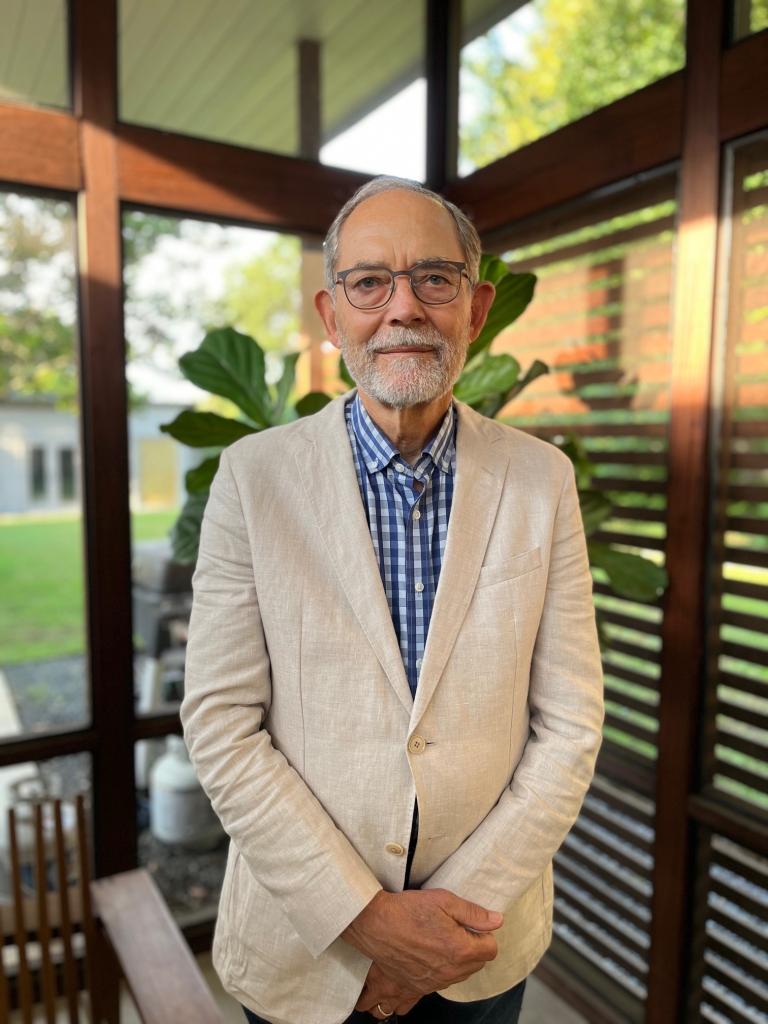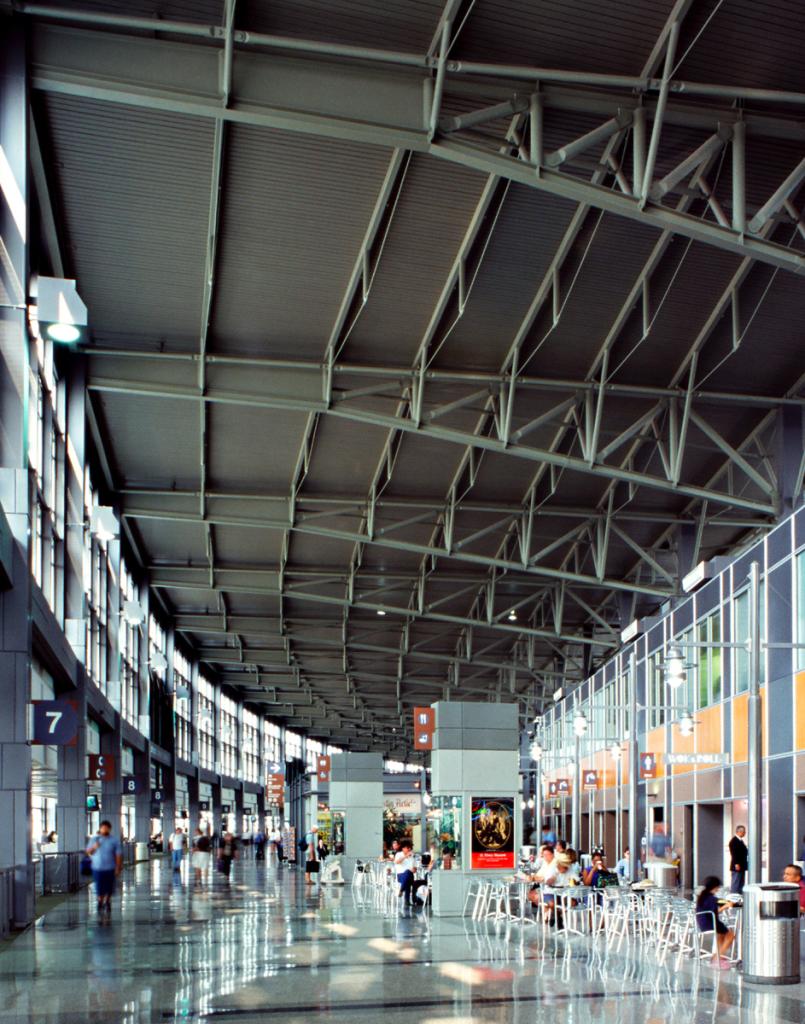Celebrating 25 Years: Building AUS and the Legacy of the Airport Terminal

As part of our ongoing 25th anniversary celebration, we're sharing how Austin-Bergstrom International Airport (AUS) came to be, proudly commemorating a quarter-century of connecting travelers to the vibrant heart of Texas. Built on the historic grounds of the former Bergstrom Air Force Base, our airport has stood as a figure of progress and change since its beginning. As we commemorate this milestone, we're thrilled to offer an exclusive glimpse into start of the AUS journey through a conversation with Chuck Naeve, a visionary engineer who was part of the design team behind the beautiful Barbara Jordan Terminal. Join us as we reflect on 25 years of growth, transformation, and unwavering commitment to serving our community and guests from around the globe.
Tell us about yourself and your role in constructing and opening the Austin-Bergstrom International Airport.
I am the Structural Engineer of Record for the original Barbara Jordan Terminal. At that time, I was with JQ & Associates, a local engineering firm. I am now with AEC & AEC-Way. We have continued to work with AUS for most of the Terminal additions. As structural engineers, we design concrete foundations and steel superstructures for buildings. Our work can be seen in the roof structures of the Barbara Jordan Terminal, the East Infill, the East Expansion, and the ongoing Journey With AUS projects.
What did you think when you first learned you would be instrumental to the success of this airport?
At the time, I was mid-career as a structural engineer in London, England, searching for a way to return to Texas. As a UT graduate in Architectural Engineering, Austin held fond memories and was a preferred spot to land. Through friends in Austin, I learned of an opportunity to work for JQ on the new Austin Airport project. Pat, my spouse and confidant, and I gathered our young family of two somewhat British boys and made the long move to Austin. I anticipated the project to be a renovation of Austin’s Mueller airport. At JQ, I was immediately thrust into the room with a design team looking at vast plans for a new ground-up terminal at the former Bergstrom Air Force Base. This was a huge and wonderful surprise!
What were some of the project’s challenges and successes?
The most daunting challenge, and the most fun, was to provide an exposed aesthetic structure for the roof of the grand concourse. Larry Speck, Fellow of the American Institute of Architects (FAIA), the design architect for the terminal, wanted the room to resemble a grand Texas landscape with great live oaks extending majestic arms from the north entry across the hall to the curving south façade. Beyond this façade would be active views of the airfield. His vision was extremely poetic and adventurous! I can still remember his outstretched arms as he described the trees. But my experience was that only God can make trees like that … we had some work to do! In further collaboration with the architectural team, and by building physical models to express ideas, we finally settled on a 3D structure of primary expressed steel trusses, deep at the entrance to the room and lifting, like tree limbs, as they progressed in a fan shape to the outer arc.

What do you think of when you fly in and out of AUS?
I especially enjoy returning to Austin on a late-night flight when the terminal is relatively empty. The night work is in progress and the floor machines are waxing. There is quiet and a certain peacefulness at this time. I recognize my old friend, the terminal, and acknowledge that its rest will be short. Tomorrow the humming will resume, growing louder as the day progresses. Twenty-five years of duty done well, and more to come!
The airport is undergoing its largest expansion program in history. What can the team of today’s expansion program learn from the team you led in the past?
First, that it is and was a “Team”. An airport is such a complex and beautiful problem. Design requires so many different professionals with varied and specific expertise all working together to solve an ever-changing problem, in an ever-changing city. Our AUS leaders are more like orchestral conductors, with knowledge of the past, but designing for an uncertain future. Perhaps this is the best thing to celebrate about the Barbara Jordan Terminal. It has withstood twenty-five years of significant change; think of Sept. 11, which resulted in a robust, secure check-in. The expansion of international travel required a Customs Hall. Uber and Lyft changed pick-up and drop-off.
My suggestion is to design a great hall, beautiful and spacious. Make sure it can adapt for the next twenty-five years. Plan for a building that is welcoming and feels like Austin.
What is your favorite thing about the Barbara Jordan Terminal?
When I visit, I enjoy the natural light, the live music, the local food, and the beautiful architecture.
I will always treasure that period of my life. I made lifelong friends with many coworkers and grew in my structural engineering ability. Often, there is a defining moment in a career when all comes together in an important work. That defining moment for me was the Barbara Jordan Terminal.

